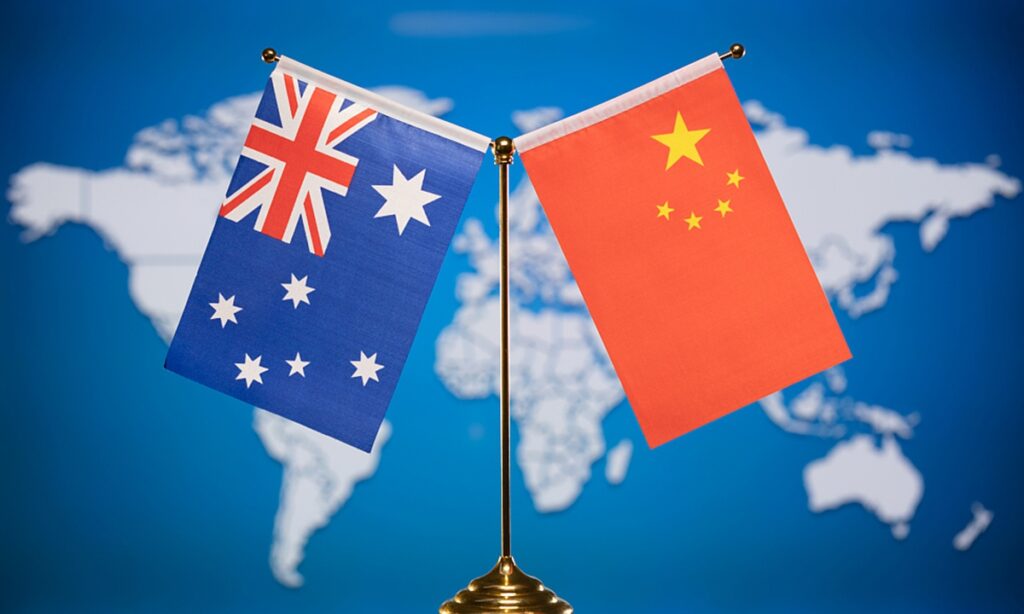The cooperation between Australian and Chinese investors is outstanding, especially in the lithium sector, but also for a long time in iron ore, John Prineas, executive chairman of St. George Mining based in Western Australia, told the Global Times on Tuesday on the sidelines of the 10th Advanced Batteries for xEV/ESS Conference (ABEC) in Shenzhen, South China’s Guangdong Province.
Prineas highlighted the very good partnership between China and the state of Western Australia, noting that “we welcome more investment from China.”
He added that China has done very well on the clean energy transition through various policies, which have directly benefited Australia, which is the No.1 upstream producer of lithium, nickel and other export commodities.
“That [China’s rise in the new-energy sector] has been a great boon to Australia and helped our clean energy transition as well,” Prineas said.
Speaking about the lithium supply chain, Prineas said at the conference that Western Australia dominates the upstream supply chain with almost 50 percent of global lithium production, while China dominates the downstream supply chain.
Guy Le Page, a director and corporate adviser of RM Corporate Finance, told the Global Times on Tuesday at the 10th ABEC that he doesn’t see any significant alternatives in terms of country investment outside of China, adding that China and Western Australia can also work closely in renewable energy in areas like hydrogen.
China is Western Australia’s largest market for lithium and nickel, accounting for 97 percent of the state’s lithium exports and 59 percent of its nickel exports in 2022, according to official data from Western Australia.
Prineas and Le Page both expressed confidence in bilateral cooperation in the energy sector between China and Western Australia.
Prineas said that the lithium sector is still quite young with continued opportunities in developing more projects.
Le Page noted that rare earths could be another area of cooperation potential. The sector remains an untapped resource that it is still in its infancy, as China is the only country that can separate out rare earth concentrates.
Official data from Western Australia showed that the state is the third-largest rare-earth supplier in the world, accounting for 6 percent of global supply in 2022.
Le Page noted that China’s zero carbon footprint is a significant step forward in the right direction. “I think that’s something that we should learn from and actually get involved in,” he said.
Amid the thawing bilateral relationship following the visit of Australian Prime Minister Anthony Albanese to China in November, trade between China and Australia has seen a further recovery.
Exports of more Australian goods to China have resumed or will soon. Following the resumption of Australia’s barley exports to China in October, Australian exports to China such as lobsters and wine are likely to resume, according to industry sources.
China’s Ministry of Commerce said on November 30 that it would review anti-dumping and countervailing duties on wine from Australia, starting immediately, and will decide whether the punitive tariffs are necessary.
China-Australia trade in the first ten months of 2023 totaled 1.33 trillion yuan ($187 billion), up 10.6 percent year-on-year, while China’s imports jumped 15.3 percent to 900.3 billion yuan, according to official data from the General Administration of Customs.




